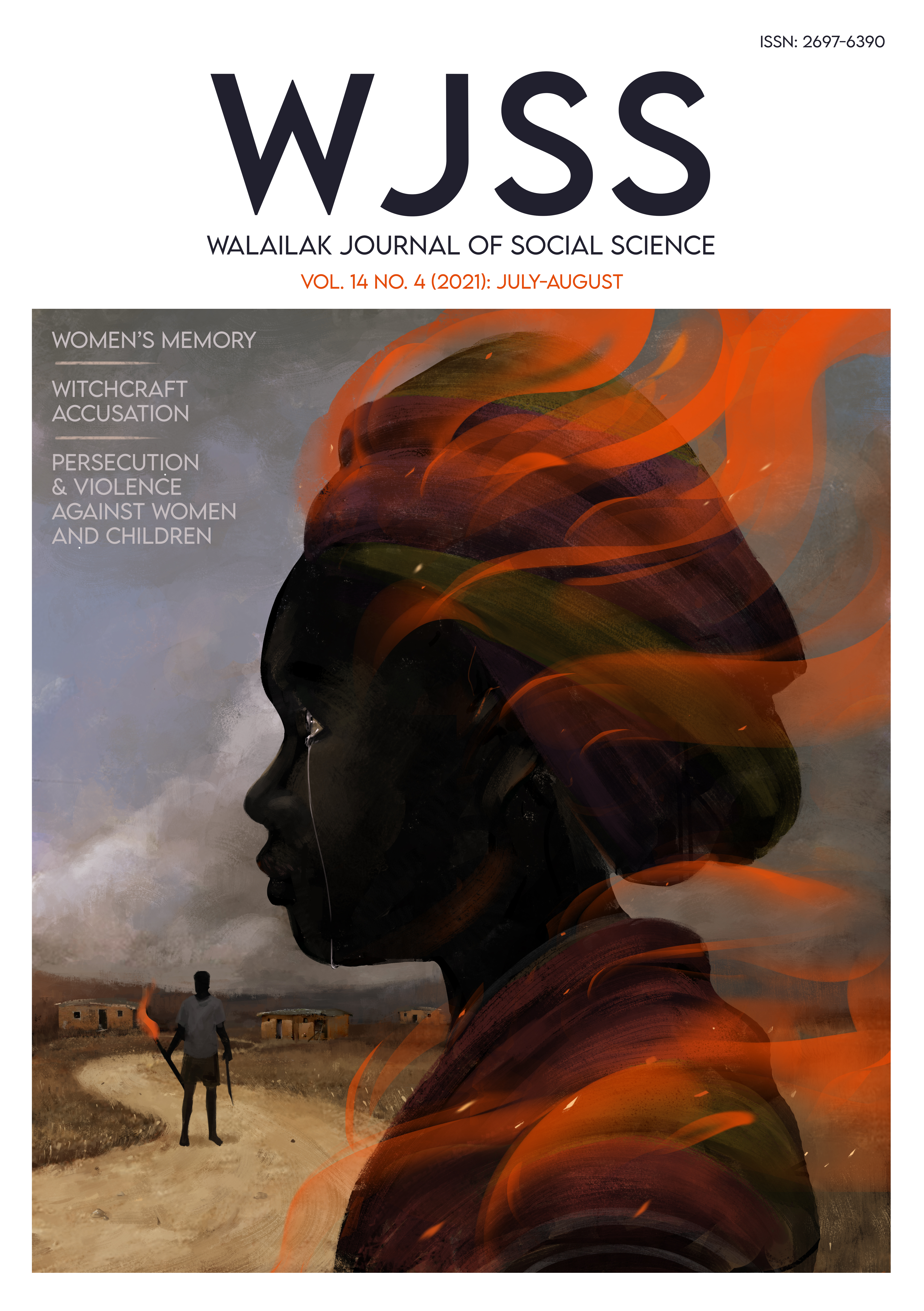Women’s Memory in Sari Saysay’s Plays
Main Article Content
Abstract
This critical study seeks to analyze six selected plays of the Filipino playwright, namely Sari Saysay, using cultural memory and the Bikol indigenous concept, baliana--a precolonial female priestess of the Bikol Region, Southern Luzon, Philippines. It examines how his plays represent the memory of women by articulating their voice and redressing their silencing at the same time. By analyzing one female character per play who resonates the qualities of a baliana, this paper finds that the female characters can be classified into the following: sugot (libertine), gerera (warrior), or areglador (mediator). The sugot is a libertine character whose primary motivation is to just survive her corrupt world. Meanwhile, the gerera is a fighter, armed with guns or wisdom in going against the oppressors. Their decisions are driven by their desire to fight for the minorities or the powerless. The areglador is a mediator of two “conflicting” forces: the past and the present, the traditions and modernity, the dead and the living, and the invisible and the visible. In conclusion, this paper demonstrates the power of women in Bikol society in addressing societal problems, which must be preserved amidst the prevalence of patriarchy.
Article Details
Copyright: CC BY-NC-ND 4.0
References
Abustan, P. (2015). Recovering and reclaiming queer and trans indigenous and Mestiza Pilipinx. Journal of Mestizo and Indigenous Voices, 1(1), 6.
Babaylan Studies.
Barbaza, R. (2017). An Orosipon kan Bikolnon: Interrupting the Philippine nation. Quezon City, Philippines: The University of the Philippines Press.
Basco, E. (2016). Aurorahan hymn: A glimpse of the socio-cultural and religious identity and ethnicity of the Talisayon (pp. 66-75). In Proceedings of the 4th International Conference on Language, Education and Innovation.
Bernstein, C. (2007). Beyond the archive: Cultural memory in dance and theatre. Journal of Research Practice, 3(2), M14.
Conde, J. C. (2001). Voices of silence in Bicol literature. Gibon, I(1), 79-97.
Conde, J. C. (2009). Voices of silence in Bicol literature and culture. 1st ed. Ateneo de Naga UP, Philippines.
Erll, A. (2011). Traumatic pasts, literary afterlives, and transcultural memory: New directions of literary and media memory studies. Journal of Aesthetics and Culture, 3(1), 1-5.
Gerona, D. (1988). From epic to history: A brief introduction to Bicol history. Philippines: Ateneo de Naga.
Halili, M. (2010). Philippine history. Philippines: REX Book Store.
Kapushevska-Drakulevska, L. (2014). Theatre as a figure and place of cultural memory. Kultura (Skopje), 3(4), 31-38.
Llana, J. (2009). The Bicol dotoc: performance, postcoloniality, and pilgrimage (Doctoral Dissertations). Aberystwyth University.
Lopez-Ledesma Tan, E. (2001). Feminist consciousness: motifs from Philippine postcolonial literature written in English by Filipina women (Master’s Theses). Cleveland State University.
Mintz, M. W., & Brtianico, J. (1985). Bikol-English dictionary. Quezon City, Philippines: New Day Publishers.
Realubit, M. L. (2001). Bicol literary history. Philippines: Bicol Heritage Society.
Saro, A. (2008). Stereotypes and cultural memory: Adaptations of Oskar Luts’ Spring in theatre and film. Trames Journal of the Humanities and Social Sciences, 12(3), 309-318.
Saysay, S. (2016). 1900: Mga bangguing bulanon [1900: Moonlit Nights]. Unpublished manuscript.
Saysay, S. (2017). Oktubre, gulong ng kasaysayan [October, Wheel of History]. Unpublished manuscript.
Saysay, S. (2018). Rarom, rayȏ: mga dulang may isang yugto sa Bicol at Tagalog [Depth, distance: one-act plays in Bicol and Tagalog]. Sining Banwa Albay Performance Collective.
Šešić, M. D, & Stefanović, M. (2013). How theatres remember: cultures of memory in institutionalized systems. Култура/Culture, 4(Sl), 11-30.
Strobel, L. (2010). Babaylan: Filipinos and the call of the indigenous. Santa Rosa: Center for
Villariba, M. (2006). Babaylan women as guide to a life of justice and peace. Women in Action, 2, 54-60.
Zulueta, J. & Galan, R. (2017). Philippine contemporary drama, its growth and chartings. Introduction, Tomas. Retrieved from https://tomas.ust.edu.ph/wp-content/uploads/2018/10/Tomas-11-DRAMA-Introduction.pdf


